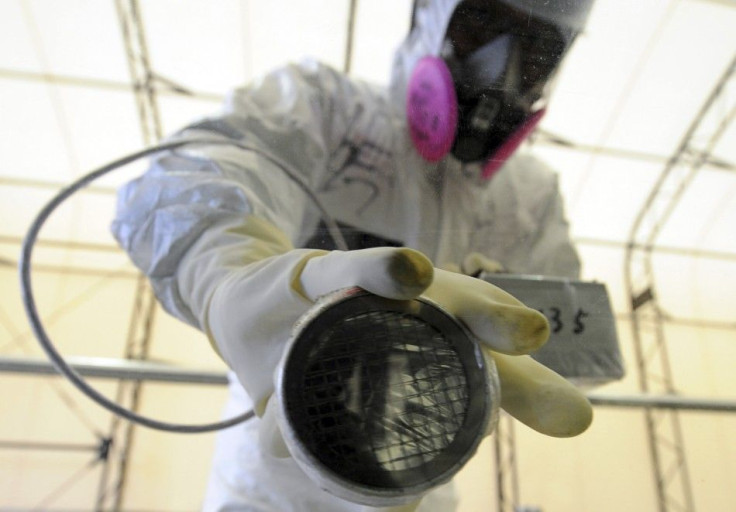Fukushima Radiation Tests on Waters Along U.S. Coast Yield Negative Results

Tests looking for possible Fukushima radiation contamination on the waters along the U.S. coast continued to yield negative results, a group of scientists said on Tuesday. However, they warned low levels of radiation from the March 2011 nuclear disaster in Japan are still expected to reach the US shore.
"We've seen radiation halfway across the Pacific, north of Hawaii, but in U.S. waters there has been none, yet," Reuters quoted Ken Buesseler, Woods Hole Oceanographic Institution senior scientist.
The Oregon conservation group have been gathering samples of water along the the U.S. coast and then have it tested by East Coast scientists.
Buesseler said tests of some fish species showed higher levels of radiation. But radiation levels in sea life off the U.S. shore continue to be safe.
Scientific models of ocean currents had implied that cesium 134 isotopes from the Fukushima nuclear fallout will reach Oregon's shores later this year, albeit in low levels, York Johnson, water quality coordinator with Oregon conservation group Tillamook Estuaries Partnership, said. This group collected the water samples for the tests.
Buesseler said five more tests are still planned in the future, at six-month intervals, to really see if radiation levels will climb in the US shore.
And even radiation levels climb over the next several years, Johnson said the coast should still be safe for recreation.
Buesseler said radiation at the waters off the Oregon shore will peak at 10 to 20 becquerel per cubic metre in the years ahead. A becquerel is a recognised unit of radioactivity.
Shortly after the 2011 earthquake and nuclear plant disaster, scientists carried tests off the coast of Japan. Radiation that time was found hitting 50 million becquerel per cubic metre.
"When it is at 50 million, you have direct effects on mortality, reproductive effects. That is a seriously high number," Buesseler said. "The U.S. Environmental Protection Agency allows us to drink water up to about 7,400."





















